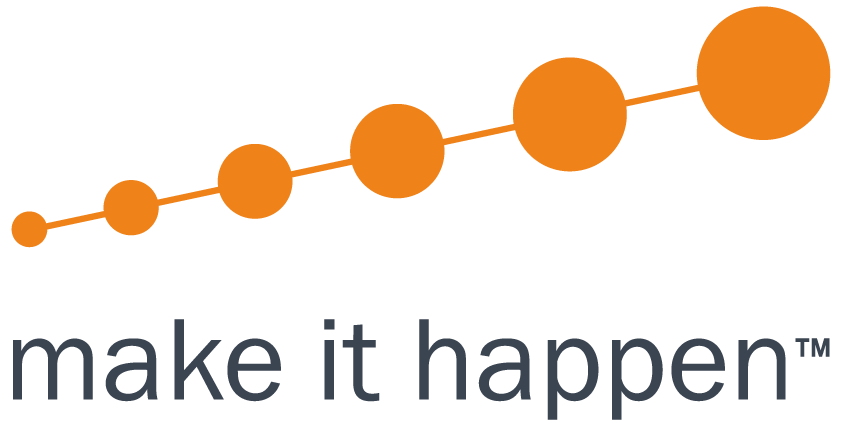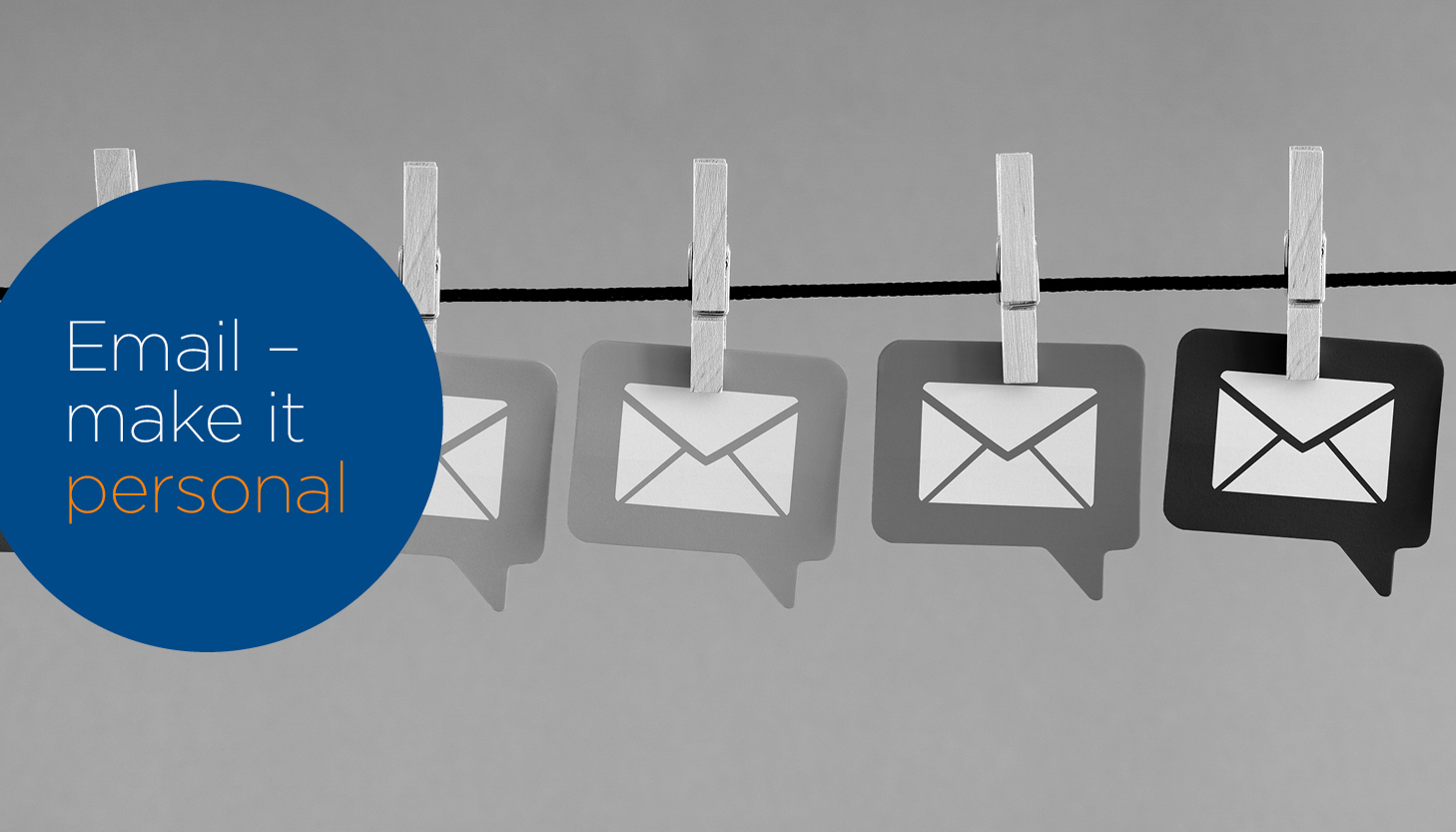Have you ever received an email that feels like the writer lives right inside your world and knows everything about you? That’s the power of email personalisation.
I’m sure you’ve seen a couple of personalised emails, and you’re wondering how you can do the same with yours. You’re not alone. 66% of marketers (like you) are working towards executing personalised marketing programs and 33% of marketers said they will prioritise personalisation in their future marketing campaigns.
As you can see, email personalisation is becoming increasingly more crucial, especially in the post-cookie era. With the imminent removal of third-party cookies, marketers are becoming more aware of other potential methods for creating personalised campaigns, and emails stand on top of the list.
What does it mean to Personalise an Email?
Email personalisation helps you create individualised email content by inserting subscriber data within an email to tailor the content to the individual. A personalised email is relevant, timely, and also has the human touch. Remember, you’re writing those emails to reach humans - not just an inbox.
One of the advantages of personalisation is that it improves customer satisfaction. If you send the right emails to the right people at the right time, your email recipients will open your emails, click on the links and take the desired action. In other words, personalisation helps you stand out in a crowded inbox, thus increasing your chances of scoring higher conversions.
Personalisation is more than just including someone’s name in an email.
Although mentioning people’s names might look like the easiest way to personalise your email campaigns, it sure isn’t the only strategy that works.
The whole idea about email personalisation is to deliver emails that feel custom-made for the reader. So, apart from the subscriber’s name, you can also personalise your emails by inserting things like location, age, interests, birthday, time zone, industry, special offers, or purchase history in the email.
However, the crucial issue is knowing how to use these specific subscriber data points for improved email conversion effectively.
How to use Email Personalisation
Now that you have a mental picture of what email personalisation looks like, let’s talk about how you can deploy it.
1. Start by collecting data
Great email personalisation starts with capturing the right data. There’s no point in building an email list if you aren’t collecting useful data from your subscribers. Surely, if you’re looking to build a list you hope to personalise later on, then you would need a simple sign-up page that captures important basic information such as interest, location, and occupation.
It also depends on your industry or purpose for collecting the emails. For example, as a not-for-profit organisation, knowing the kind of event your subscribers would like to attend can be helpful when emailing about your event. The more reason why your sign-up form should capture the right information.
2. Personalise using segmentation
Segmenting your audience based on their interests, demographics, and preferences helps you deliver tailor-made email content rather than a one-size-fits-all approach. Your subscribers feel that you care about them when you send relevant offers and product recommendations, so they stick around much longer.
If done right, segmentation can markedly increase your engagement rate, thus increasing your ROI in the process. Marketers say they’ve noticed a 760% increase in revenue and an average increase of 20% in sales from their segmented email campaigns.
3. Personalise with catchy subject lines
Your subject line is the first thing your subscribers see when your email lands in their inbox. Essentially, it’s what determines whether they’ll open your email, ignore it, or delete it straight away, which makes it the best place to start personalising your email if you want to boost your conversion rate.
You don’t have to mention the subscriber’s name to show that you know something about them. You can serve a personalised subject line if you captured the right subscriber information or placed them in an appropriate segment in your email list. All you have to do is say something that shows you understand their preferences.
Finally, it goes without saying that catchy subject lines only get the conversation started, but great email content gets the conversion going. So be sure to focus on writing personalised and appropriate email content as well.
Conclusion
With email users sending about 320 billion emails every day, many emails will certainly end up unopened. This important statistic shows why you should take email personalisation seriously because, in the end, it’s what guarantees a greater amount of conversions.
Ready to make the most out of your email campaign? Get in touch today to find out how we can help.

